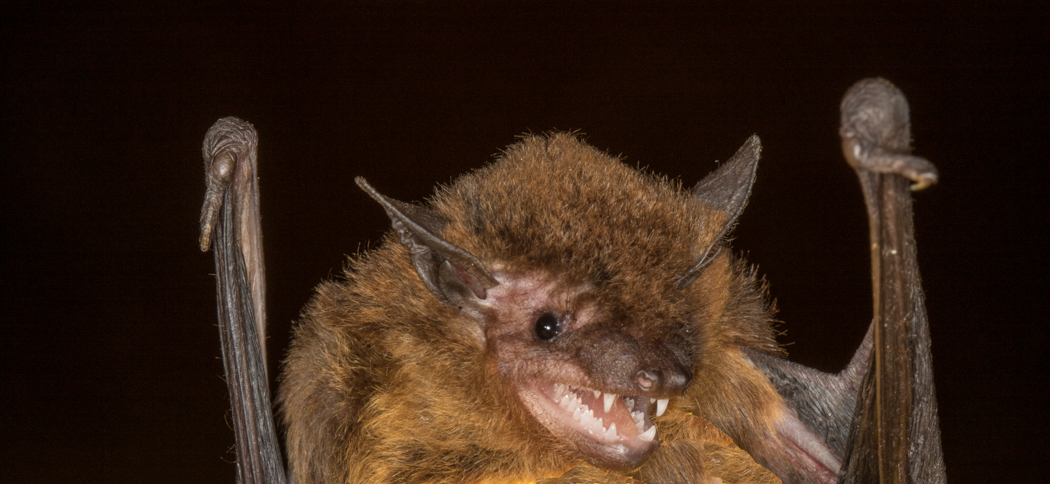
Strange Tails
We're delighted to have a strong population of strange-tailed tyrants at the reserve. So much so that we've adopted these beautiful and endangered birds as the symbol of the Trust
The growing diversity of the animals of Reserva Don Luis is a fresh source of delight every time we return. We don't play favourites, but it's impossible not to engage more with some of our more conspicuous guests. One of these is the strange-tailed tyrant. The male is stoic in his tolerance of one of nature's strangest - and it would seem least practical - adaptations. He's willing to suffer to be beautiful, and somehow manages to fly with tail feathers that were surely designed for a bird three times his size.
We love his perseverance; his resolution to succeed against challenge, and his ability to prove that anything is possible. He's appearing in growing numbers on the Reserva Do Luis, and his success has become an allegory for, and a symbol of, our own.
When we started the process of updating and redesigning our website, we wanted to adopt an image that symbolised our aims and our challenges. This brave little flycatcher, with his indomitable character, was the perfect choice.
The logo is a stylised profile of a male tyrant, silhouetted against the sunrise. We coloured the sun the blue of the Argentinian flag in honour of this country's beauty, its climate and the breathtaking span of magnificent animals that it nurtures.

Bat Research
Our bat team is conducting bat research both in the Ibera Marshes and in other provinces. We are especially concentrating on Misiones at the moment where we find the largest bat in Argentina, Chrotopterus auriitus and Myotis ruber, two species that we are researching.

Eptesicus furinalis
Eptesicus furinalis
The Argentine Brown Bat is from the family Vespertilionidae. It is a small to medium sized bat and has a broad-head, short rounded ears with dark brown fur. In spring especially, we encounter orange coloured individuals and in 2019 we also came across these in the autumn. Its average weight is 8-12 grams. The tragus is long and curved forward, and the tail is completely contained within the membrane and may be used to scoop up insects.
Eptesicus furinalis is widely distributed in Latin America and is not endangered. We regularly catch it in our mist nets and the Harp trap when conducting bat research under the licence of Parque y Reservas.
They appear to have a bimodal breeding pattern and will generally produce twins in its first annual cycle. Later litters in the year usually contain just one pup probably due to food shortage.
They can live in all manner of roosts including houses, trees, old bird's nests, caves etc. They have short broad wings which enable them to hunt by aerial hawking and gleaning.

